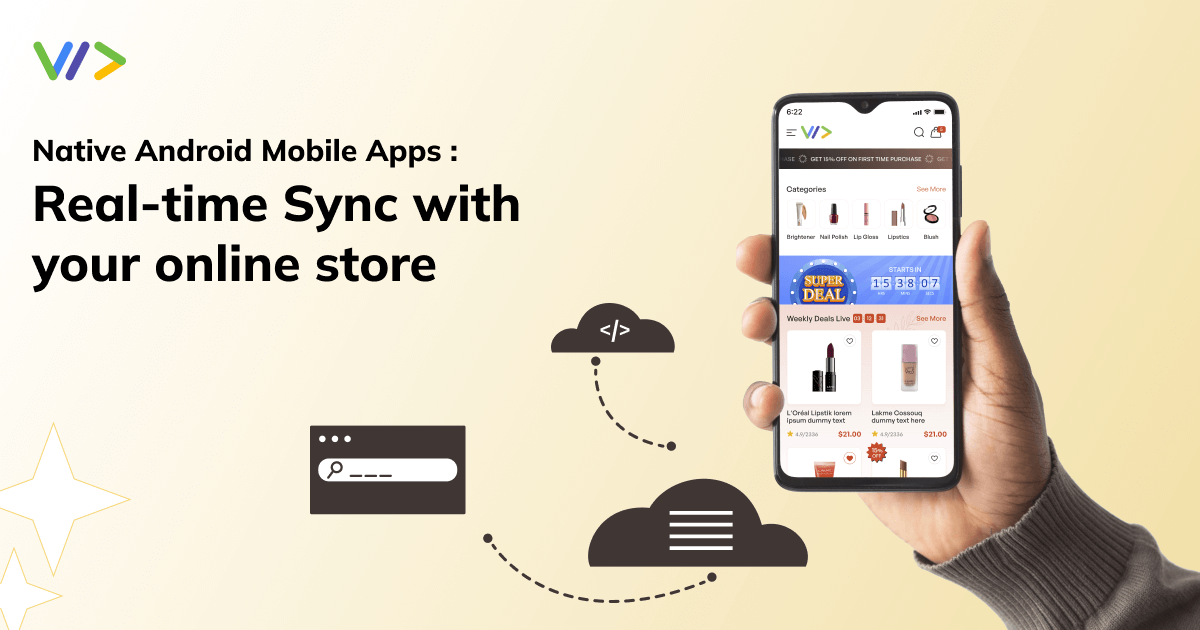Sustainable Shopping and Social Commerce: What’s Hot in 2024

In 2024, the blend of sustainable shopping with social commerce is redefining the retail landscape. Social commerce integrates eCommerce with social media, creating a dynamic environment where consumers can seamlessly shop while engaging with their favorite platforms.
In this blog, we will discuss how these advancements are driving new trends and transforming the shopping experience.
Understanding Social Commerce?
Social commerce is the direct integration of your eCommerce store with social media platforms, which empowers you to sell a wide range of products and provide services using this vast social media network.
Social commerce provides you a platform to promote your brand by using various features of social media.
Difference between eCommerce and Social Commerce
Social commerce allows the integration of shopping with various social media platforms, making it easier for users to search for their desired products and buy them directly through these social sites.
Social commerce focuses on engaging communities and boosting relationships between merchants and shoppers, leading to an enhanced user experience.
Let us give you an example. Suppose you like a product uploaded on Instagram and you want to buy it. This is where social commerce comes into the picture. It allows you to click a tag on that image to buy it on Instagram and it will be delivered to your door, that too without leaving the app.
On the contrary, eCommerce is classified as standalone stores where the transactions are taken care of.
Latest Social Commerce Trends in 2024
With every passing year, trends continue to change due to the evolving needs of customers around the globe. Let’s take a look at the new trends.
Live Commerce Shopping:
Nowadays, there is a craze for live shopping on social media platforms such as Facebook, TikTok, and Instagram. Each platform offers user-friendly live shopping features with a view to personalizing the user experience.
Live shopping is an interactive feature that helps your brand give personalized product recommendations to users, boosting conversions. It helps elevate user engagement by encouraging social interactions.
The trend of embracing the live shopping feature continues in 2024 too. Features such as shoppable live streams, AR try-ons, and influencer collaborations can play an effective role in enhancing conversion rates.
In addition to this, personalized messages and real-time discounts can significantly boost user engagement.
Augmented Reality (AR) and Virtual Reality (VR):
Augmented reality (AR) and virtual reality (VR) are gaining popularity. In 2024, around 104.3 million Americans are expected to use AR, while nearly 73.7 million will use VR. By 2025, 19.8% of these users will engage with the technology through social networks.
Retail brands can leverage this trend by utilizing AR filters to showcase their products or provide customers with virtual options to try them virtually. Brands can implement AR technology on social media to help customers choose the products they like to buy.
This technology allows customers to assess their products from home without physical stores, leading to a personalized shopping experience.
Social CRM
As brands focus on optimizing their social commerce strategy, the role of customer relationship management (CRM) has increased. Social CRM provides brands with tools that can track all activities of customers across all social media platforms. These tools gather data, which provides insights into the purchasing behavior and preferences of customers.
With CRM analytics, brands can conduct an in-depth analysis to identify potential customers and provide personalized shopping recommendations that suit their preferences.
A well-planned CRM strategy can greatly enhance customer support and engagement. With tools like social monitoring, unified inboxes, and virtual assistants, CRM helps increase community engagement.
Adopting the right CRM strategies can go in the brand's favor as social platforms are expanding their reach in 2024 or even growing bigger in the upcoming years.
Growing Popularity of Video Content:
Over the last few years, popular social media platforms like Facebook, Instagram, and TikTok have released features for video content, helping retail brands to promote their products quickly and conveniently.
As per a recent study, 88 to 89% of people admitted that they decided to buy specific products after seeing the video. To capitalize on this trend, Meta introduced Facebook reels and Instagram reels, which today’s generation is increasingly obsessed with. As a result of these changes, consumers are growing more dependent on video throughout their shopping experience.
Influencer Marketing:
Over the last few years, influencer marketing has become the central part of social commerce strategy for a number of brands across the world due to its effectiveness in influencing customer's decision-making. By collaborating with social media influencers, brands can target their followers and enhance brand awareness.
This social commerce trend has witnessed a remarkable rise in 2024 as more brands are turning to collaboration with influencers from different social media platforms, such as Instagram, YouTube, and TikTok to connect with more audiences.
As followers have great faith in their influencers, they follow them blindly in the products that they campaign for. Micro-influencers are also in great demand as they ensure higher engagement by building authentic reach.
Various Social Commerce Tools:
As dedicated tools for managing social commerce gain popularity, they streamline the management of products, orders, inventory, and data across various social channels for brands. Tools such as Shopify enable the operation of branded stores on social platforms, while others like Okendo offer Instagram shopping features, including cart flows and product stickers.
Even so many brands are investing heavily in these tools to attract customers. By using advanced analytics, brands can gain insight into customer shopping journeys. Auto responses and efficient order management also help provide better services to consumers.
Wrapping Up
In 2024, new trends in social commerce are changing how we shop and interact with brands. As this shift continues, brands will need to focus on making shopping more engaging and user-friendly. Adapting to these changes will help brands connect better with today’s mindful customers.
Related blogs



